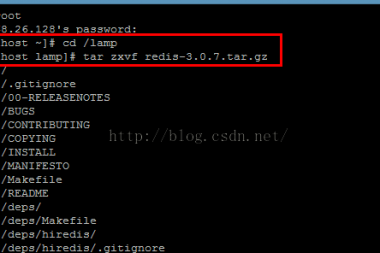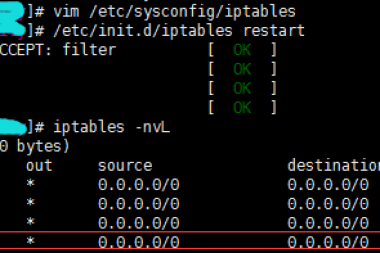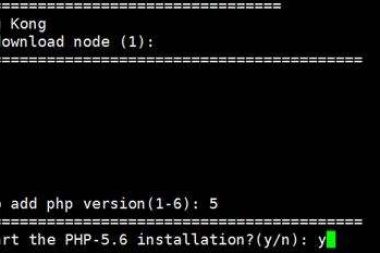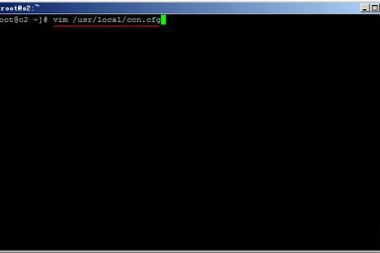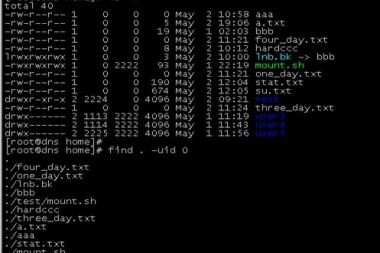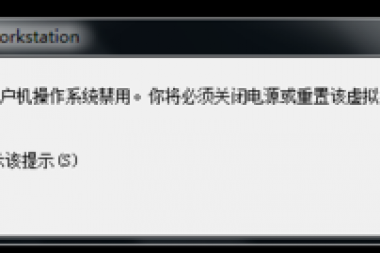这篇文章主要介绍了Nginx和PHP-FPM的启动、重启、停止脚本分享,脚本中包含start、stop、reload、restart等常用的管理方法,并可以加入系统服务然后使用servicem命令管理,需要的朋友可以参考下 服务器上的Nginx和PHP都是源码编译安装的,不像ubuntu一样有自带service启动脚本,所以不支持类
这篇文章主要介绍了Nginx和PHP-FPM的启动、重启、停止脚本分享,脚本中包含start、stop、reload、restart等常用的管理方法,并可以加入系统服务然后使用servicem命令管理,需要的朋友可以参考下
服务器上的Nginx和PHP都是源码编译安装的,不像ubuntu一样有自带service启动脚本,所以不支持类似以前的nginx (start|restart|stop|reload)了。自己动手丰衣足食。以下脚本应该在RHEL, Fedora, CentOS下都适用。
一、Nginx启动脚本/etc/init.d/nginx
#!/bin/bash
#
# Startup script for Nginx - this script starts and stops the nginx daemon
#
# chkconfig: - 85 15
# description: Nginx is an HTTP(S) server, HTTP(S) reverse proxy and IMAP/POP3 proxy server
# processname: nginx
# config: /usr/local/nginx/conf/nginx.conf
# pidfile: /usr/local/nginx/logs/nginx.pid
# Source function library.
. /etc/rc.d/init.d/functions
# Source networking configuration.
. /etc/sysconfig/network
# Check that networking is up.
[ "$NETWORKING" = "no" ] && exit 0
nginx="/usr/local/nginx/sbin/nginx"
prog=$(basename $nginx)
NGINX_CONF_FILE="/usr/local/nginx/conf/nginx.conf"
[ -f /etc/sysconfig/nginx ] && . /etc/sysconfig/nginx
lockfile=/var/lock/subsys/nginx
start() {
[ -x $nginx ] || exit 5
[ -f $NGINX_CONF_FILE ] || exit 6
echo -n $"Starting $prog: "
daemon $nginx -c $NGINX_CONF_FILE
retval=$?
echo
[ $retval -eq 0 ] && touch $lockfile
return $retval
}
stop() {
echo -n $"Stopping $prog: "
killproc $prog -QUIT
retval=$?
echo
[ $retval -eq 0 ] && rm -f $lockfile
return $retval
}
restart() {
configtest || return $?
stop
sleep 1
start
}
reload() {
configtest || return $?
echo -n $"Reloading $prog: "
killproc $nginx -HUP
RETVAL=$?
echo
}
force_reload() {
restart
}
configtest() {
$nginx -t -c $NGINX_CONF_FILE
}
rh_status() {
status $prog
}
rh_status_q() {
rh_status >/dev/null 2>&1
}
case "$1" in
start)
rh_status_q && exit 0
$1
;;
stop)
rh_status_q || exit 0
$1
;;
restart|configtest)
$1
;;
reload)
rh_status_q || exit 7
$1
;;
force-reload)
force_reload
;;
status)
rh_status
;;
condrestart|try-restart)
rh_status_q || exit 0
;;
*)
echo $"Usage: $0 {start|stop|status|restart|condrestart|try-restart|reload|force-reload|configtest}"
exit 2
esac编辑好后保存,执行以下命令
sudo chmod +x /etc/init.d/nginx sudo /sbin/chkconfig nginx on # 检查一下 sudo /sbin/chkconfig --list nginx nginx 0:off 1:off 2:on 3:on 4:on 5:on 6:off
完成!可以使用以下命令管理Nginx了
service nginx start service nginx stop service nginx restart service nginx reload /etc/init.d/nginx start /etc/init.d/nginx stop /etc/init.d/nginx restart /etc/init.d/nginx reload
二、PHP-FPM启动脚本/etc/init.d/php-fpm
#!/bin/bash
#
# Startup script for the PHP-FPM server.
#
# chkconfig: 345 85 15
# description: PHP is an HTML-embedded scripting language
# processname: php-fpm
# config: /usr/local/php/etc/php.ini
# Source function library.
. /etc/rc.d/init.d/functions
PHP_PATH=/usr/local
DESC="php-fpm daemon"
NAME=php-fpm
# php-fpm路径
DAEMON=$PHP_PATH/php/sbin/$NAME
# 配置文件路径
CONFIGFILE=$PHP_PATH/php/etc/php-fpm.conf
# PID文件路径(在php-fpm.conf设置)
PIDFILE=$PHP_PATH/php/var/run/$NAME.pid
SCRIPTNAME=/etc/init.d/$NAME
# Gracefully exit if the package has been removed.
test -x $DAEMON || exit 0
rh_start() {
$DAEMON -y $CONFIGFILE || echo -n " already running"
}
rh_stop() {
kill -QUIT `cat $PIDFILE` || echo -n " not running"
}
rh_reload() {
kill -HUP `cat $PIDFILE` || echo -n " can't reload"
}
case "$1" in
start)
echo -n "Starting $DESC: $NAME"
rh_start
echo "."
;;
stop)
echo -n "Stopping $DESC: $NAME"
rh_stop
echo "."
;;
reload)
echo -n "Reloading $DESC configuration..."
rh_reload
echo "reloaded."
;;
restart)
echo -n "Restarting $DESC: $NAME"
rh_stop
sleep 1
rh_start
echo "."
;;
*)
echo "Usage: $SCRIPTNAME {start|stop|restart|reload}" >&2
exit 3
;;
esac
exit 0编辑好后保存,执行以下命令
sudo chmod +x /etc/init.d/php-fpm sudo /sbin/chkconfig php-fpm on # 检查一下 sudo /sbin/chkconfig --list php-fpm php-fpm 0:off 1:off 2:on 3:on 4:on 5:on 6:off
完成!可以使用以下命令管理php-fpm了
service php-fpm start service php-fpm stop service php-fpm restart service php-fpm reload /etc/init.d/php-fpm start /etc/init.d/php-fpm stop /etc/init.d/php-fpm restart /etc/init.d/php-fpm reload
评论列表
发表评论
热评文章
相关阅读


